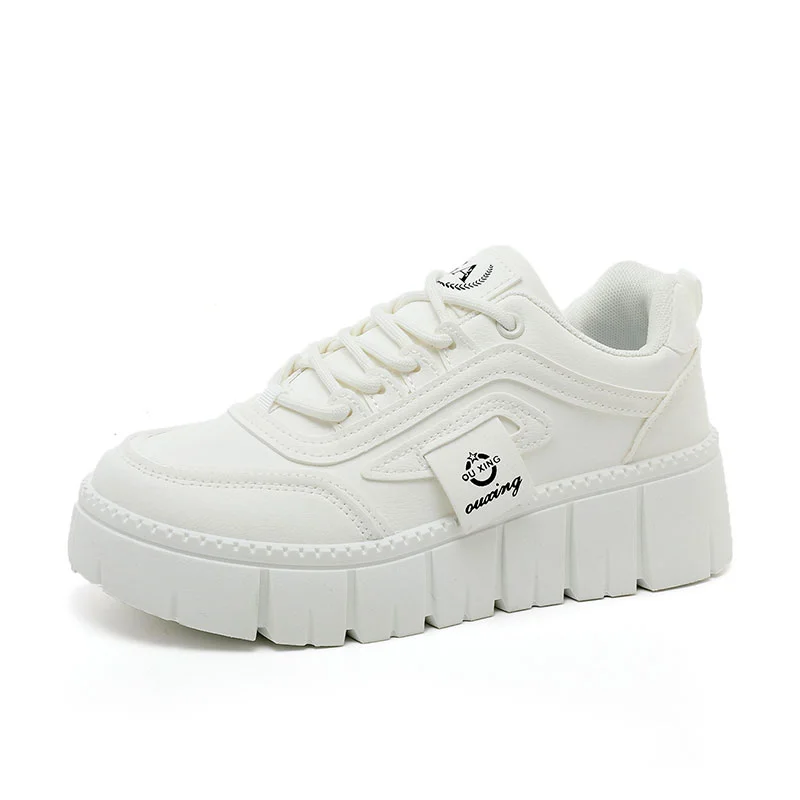Sealing the Deal: Unraveling the Ideal Material for Hydraulic Cylinder Seals
Hydraulic cylinder seals play a crucial role in maintaining the efficiency and reliability of hydraulic systems. Selecting the best material for these seals is essential to ensure optimal performance and longevity. In this forum post, we will delve into the various factors that influence the choice of material for hydraulic cylinder seals and explore the top contenders in the market.
- Understanding the Requirements:
To determine the best material for hydraulic cylinder seals, it is vital to consider the specific requirements of the application. Factors such as operating pressure, temperature, fluid compatibility, and seal performance expectations must be taken into account. By thoroughly analyzing these parameters, one can identify the most suitable material options. - Nitrile Rubber (NBR):
Nitrile rubber is a widely used material for hydraulic cylinder seals due to its excellent resistance to oil, water, and hydraulic fluids. It offers good sealing performance, durability, and cost-effectiveness. NBR seals are commonly employed in applications with moderate operating pressures and temperatures. - Polyurethane (PU):
Polyurethane seals are known for their exceptional wear resistance, high load-bearing capabilities, and resistance to extrusion. They are suitable for applications involving high pressures, dynamic movements, and harsh operating conditions. PU seals exhibit low compression set, ensuring long-term sealing effectiveness. - Fluoroelastomers (FKM):
For applications requiring resistance to extreme temperatures and aggressive chemicals, fluoroelastomers are the preferred choice. FKM seals offer excellent thermal stability, chemical resistance, and low compression set. They are commonly used in hydraulic systems operating in demanding environments. - PTFE (Polytetrafluoroethylene):
PTFE seals are renowned for their exceptional chemical resistance, low friction, and wide temperature range. They are often utilized in applications involving aggressive fluids, high speeds, and extreme temperatures. PTFE seals provide reliable sealing performance and reduced wear.
Conclusion:
Selecting the best material for hydraulic cylinder seals depends on a thorough understanding of the application requirements. Nitrile rubber, polyurethane, fluoroelastomers, and PTFE are among the top contenders, each offering unique advantages based on specific operating conditions. By carefully evaluating the parameters and consulting with industry experts, one can make an informed decision to ensure optimal seal performance and system efficiency.
